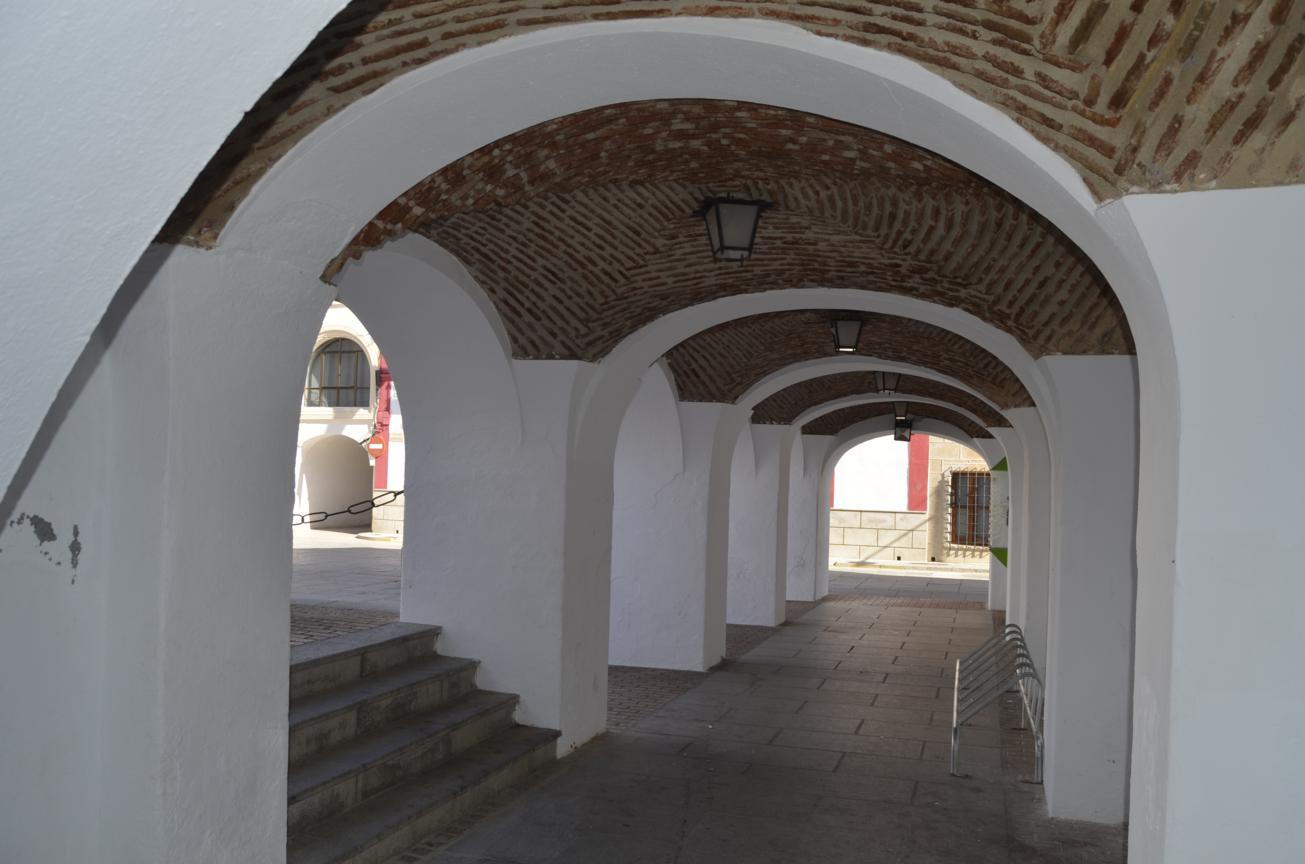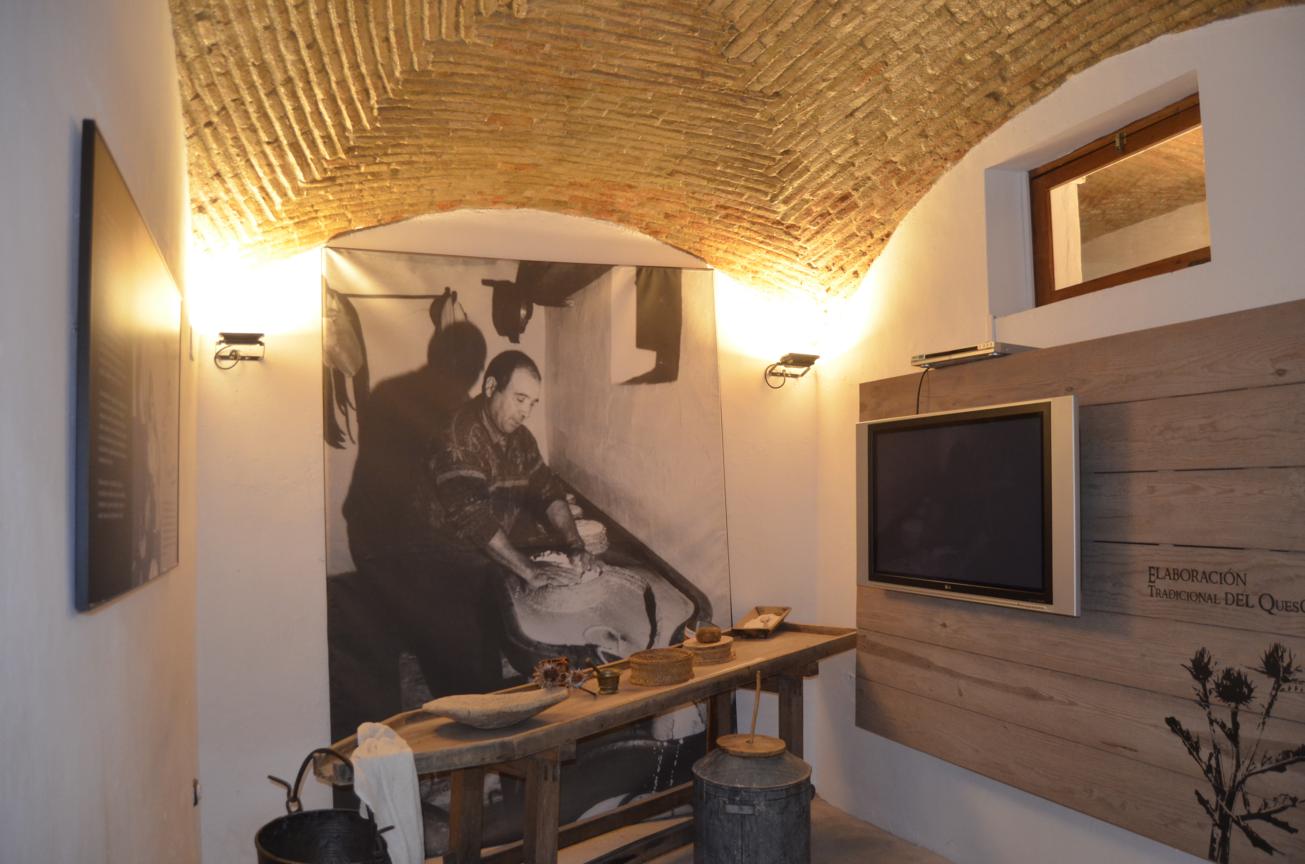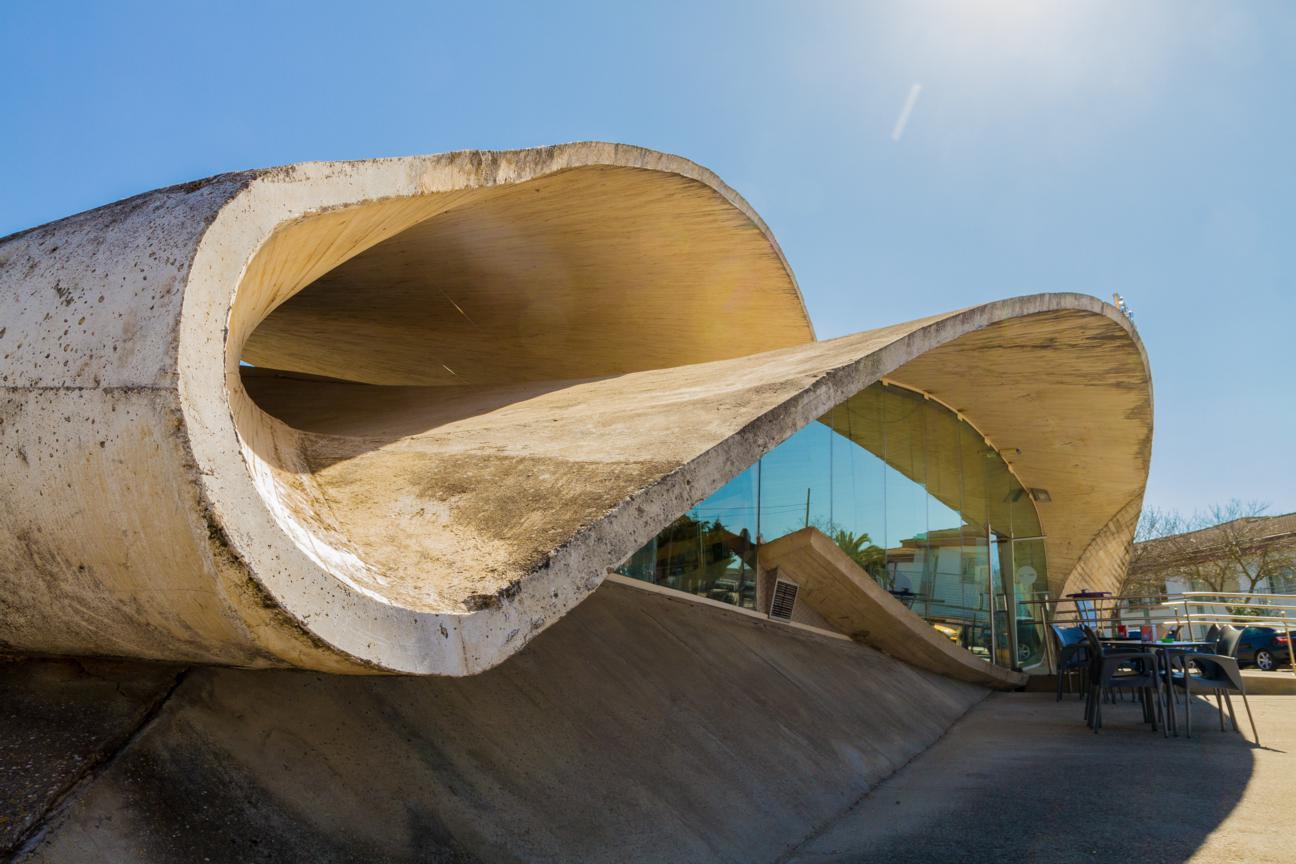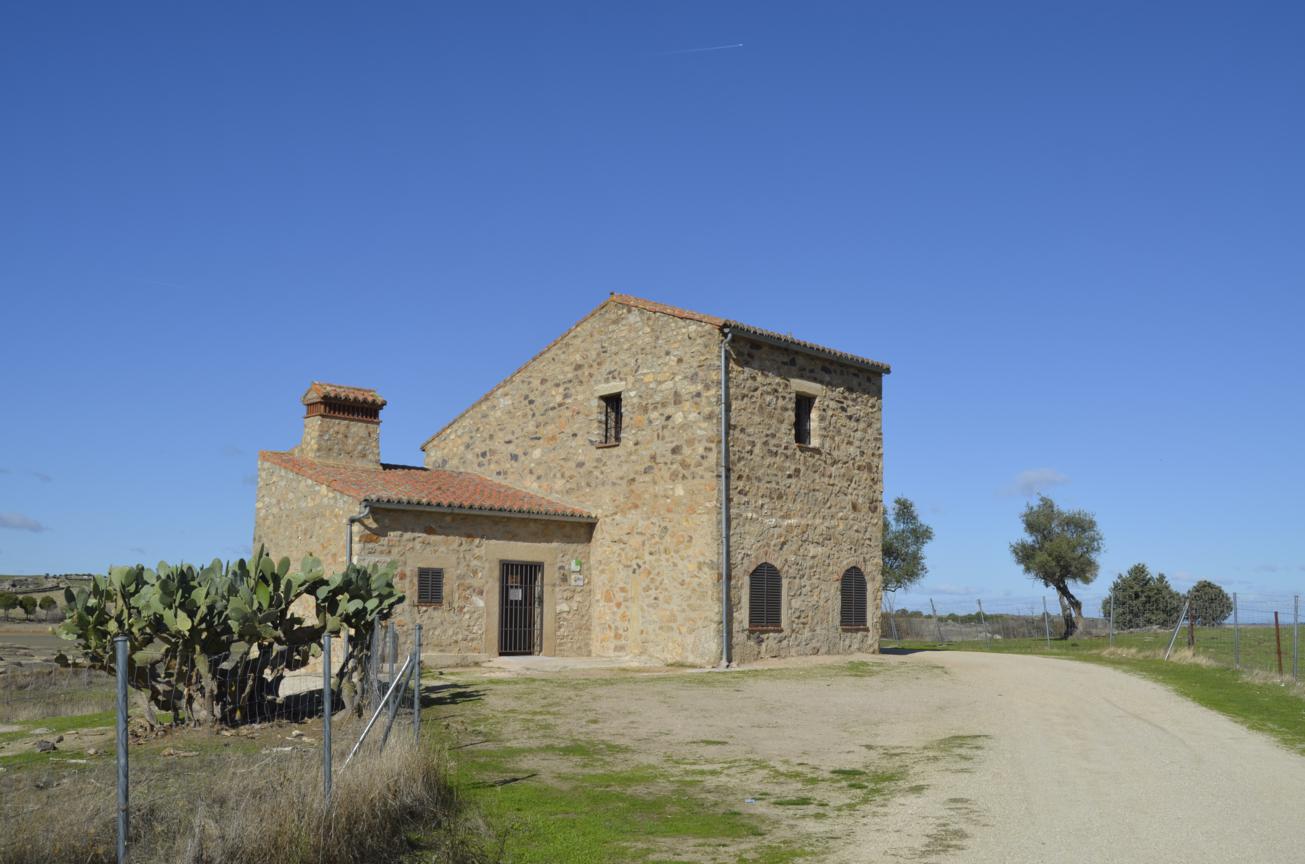Casar de Cáceres: cultura pastoril / Casar de Cáceres: pastoral culture

Conocido por dar nombre a uno de los quesos más apreciados del mundo, Casar de Cáceres es uno de los destinos gastronómicos imprescindibles para saborear la esencia de la buena mesa extremeña. Cada año, con motivo de la Semana de la Torta del Casar se celebra la Feria Europea del Queso con una multitudinaria ruta trashumante, catas de distintas variedades de queso, degustación de tapas, talleres, cocina en vivo y la participación de empresas queseras llegadas desde distintas zonas de Europa.

Casar de Cáceres pertenece a la comarca de Tajo-Salor, una zona de marcado carácter rural que ha ido conformando la estructura y modo de vida de este municipio ganadero y quesero. Testigo del paso de numerosas culturas, es también un referente para peregrinos que llegan desde Cáceres en ruta hacia Santiago y hacen parada y fonda en uno de los lugares destacados del Camino de Santiago.
La cultura pastoril y trashumante acompaña al viajero que encuentra en el Museo del Queso Torta del Casar un espacio para descubrir la historia y el proceso de elaboración de tan exquisito producto, seña de identidad y reflejo del buen hacer de la tradición ganadera de sus gentes y cuyo origen se remonta a épocas feudales y al Privilegio Real otorgado por Sancho IV. Ubicado en una casa típica, el centro museístico guarda la sabiduría y el secreto del proceso de elaboración de la afamada Torta del Casar mostrando con detalle el modo de vida de las familias dedicadas desde antaño a su producción artesanal.

La arquitectura popular ha sabido conservar toda su esencia en el trazado callejero de Casar de Cáceres, adornado con calles salpicadas de sencillas fachadas, casas encaladas decoradas con granito en puertas y ventanas, y arcos como los que encontramos en la Plaza de España, bajo el albergue de peregrinos y frente al ayuntamiento. Los cinco pasadizos del municipio, ubicados en las intersecciones entre calles y travesías, son un elemento arquitectónico relevante del urbanismo local que, en contraste con la arquitectura tradicional casareña, y en perfecta armonía con ella, ha dado paso a edificios de inspiración modernista. Es el caso de la estación de autobuses, obra del arquitecto extremeño Justo García Rubio en la que se unen la ingeniería y el diseño artístico en una cinta de hormigón blanco que se pliega sobre sí misma.
La Iglesia Nuestra Señora de la Asunción, del siglo XVI, declarada Bien de Interés Cultural en la categoría de monumento, está construida sobre un templo originario de los siglos XIII y XIV y es un buen ejemplo de la huella religiosa en Casar de Cáceres, donde se conservan además seis ermitas.
A las afueras del municipio encontramos la Casa de Los Pinotes, actual Centro de Interpretación de la Cañada Real Soriana Occidental, transformado en otro espacio museístico que abre las puertas a la tradición trashumante de aquellos que realizaban el largo viaje que unía La Rioja con Extremadura. Ubicado en un espléndido paraje natural, este museo tiene en su planta superior un observatorio para la observación de las aves que habitan en el pantano nuevo de Casar y cuenta con un chozo y un pintoresco descansadero con corral para el ganado.

La fiesta más importante de la población es la Fiesta del Ramo, que se celebra el primer domingo de septiembre. Casar de Cáceres también vive de forma especial la festividad de Sancho IV, monarca que concedió un privilegio de adehesamiento a un grupo de ganaderos y labradores que pidieron un espacio para trabajar y que dio origen al desarrollo del pueblo en el año 1291. Hoy se rememora este pasaje histórico con la celebración en febrero de la semana del privilegio histórico otorgado por Sancho IV en un evento que incluye representaciones teatrales, música, senderismo y un concurso gastronómico de tapas. Porque en este lugar, además de la Torta del Casar, hay un hueco para la buena mesa y es de lo más apetecible probar las tencas fritas, que han dado lugar a una fiesta gastronómica que rota entre las localidades de la zona y que es una de las grandes Fiestas de Interés Turístico Regional de Extremadura.
Famous for lending its name to one of the most appreciated cheeses in the world, Casar de Cáceres is one of the essential gastronomic destinations to taste the essence of Extremaduran fine food. Every year, for the Torta del Casar Week, the European Cheese Fair is held which includes a multitudinous migratory cattle-herding route, cheese tastings of multiple types, sampling of snacks ('tapas'), workshops, live cooking and the participation of cheese-making companies from all over Europe.
Casar de Cáceres belongs to the Tajo-Salor region, an area of marked rural character which has shaped the structure and way of life of this cattle-breeding and cheese-making municipality. Witness to the passing through of various cultures, it is also a reference point for pilgrims who arrive in Cáceres on their way to Santiago and stop off to rest at one of the outstanding points on the Way of Saint James.
The pastoral and migratory cattle-herding culture accompany the traveller who will find a space to discover the history and process of elaboration of such an exquisite product at the Museo del Queso Torta del Casar, an identifying mark and reflection of the good practices of the cattle-breeding traditions of its locals and whose origins date back to feudal times and to Royal Privilege granted by Sancho IV. Set in a typical house, the museum centre stores the know-how and secrets of the process of the famous Torta del Casar cheese, showing the way of life of those families who have lived from time immemorial from the craft production of this cheese.

The typical architecture has known how to conserve all its essence in the layout of the streets of Casar de Cáceres, decorated with streets that have simple façades, whitewashed houses with granite in the doorways and windows, and arches such as those to be found in the Plaza de España, under the pilgrim's hostel and opposite the town hall. The five passages in the municipality, located in the intersections between streets and alleys, are an architectural element pertinent to the local urban style which, in contrast to traditional Casar de Cácares architecture, yet in perfect harmony with it, has brought about modernist-inspired buildings. So is the case of the bus station, a work by the Extremaduran architect, Justo García Rubio, in which are brought together engineering and artistic design in a belt of white concrete that folds back over itself.
The Nuestra Señora de la Asunción Church, from the sixteenth century, and declared an asset of cultural interest in the monument category, is built on top of a temple that dated back to the thirteenth and fourteenth centuries and is a good example of the religious imprint in Casar de Cáceres, where there are also six hermitages that have been conserved.
On the outskirts of the municipality we find the Casa de Los Pinotes, the current Cañada Real Soriana Occidental Interpretation Centre, transformed into another museum space which opens its doors to the migratory cattle-herding tradition of those who conducted the long journey that joins La Rioja to Extremadura. Located in a splendid natural space, this museum has an observatory on its top floor from where can be seen the birds which live in the new marsh in Casar and has a shed and a picturesque resting place with a pen for the cattle.

The most important local celebration is the Fiesta del Ramo, which is celebrated the first Sunday of September. Casar de Cáceres also celebrates the Sancho IV festival in a special way, the monarch who granted a pasturage privilege to a group of herders and labourers who requested a space to work in and which gave rise to the development of the village in the year 1291. Nowadays, this historic moment is commemorated in February with the celebration of the week of historic privilege granted by Sancho IV at an event that includes theatrical representations, music, hiking and a gastronomic snack contest. This is because here, besides the Torta del Casar cheese, there is a space left for fine food and it really is appetizing to try the fried tench, which has given rise to the gastronomic festival that rotates between the area's localities and which is one of the biggest 'Fiestas de Interés Turístico Regional' (celebrations of regional touristic interest) in Extremadura.







